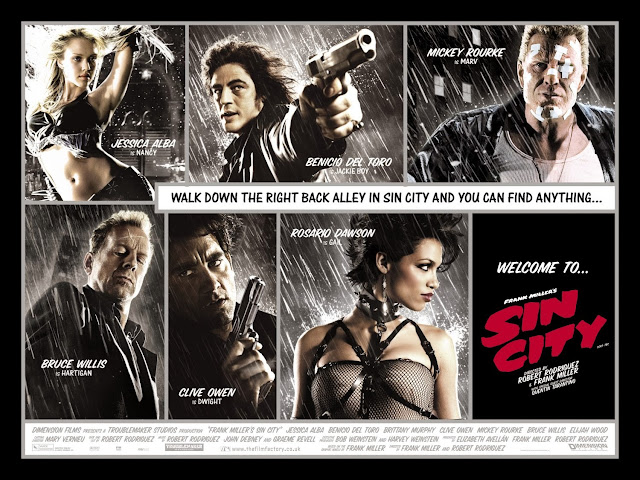I was going to start my review by saying American Hustle is the best Scorsese movie since Goodfellas, no matter
that it wasn’t actually directed by Martin Scorsese. But American Hustle is made by movie maverick David O. Russell,
now one of Hollywood’s biggest and most reliable A-list filmmakers, and the
film is truly and uniquely his, as much I Heart Huckabees as
it is Casino. Like its main
characters, this almost rudely, insistently entertaining movie has tremendous
confidence and sparkling showmanship, spinning its twisted Horatio Alger yarn
with all the skill of a seasoned swindler.
Russell doesn’t just flirt with disaster—as he did in Silver
Linings Playbook—but courts it openly. Almost continuously over its 135
minutes, the director seems to embrace complete entropy (if not anarchy) and an
exaggerated human circus approach, only to pull a long con of his own, one
performed with enough control and elegance to have you hooked. If the result,
more flimflammery flair than finesse, seems like a bit of a narrative mess, it’s
a rich, marvelous mess in which the narrative is not what mattered to begin
with.





